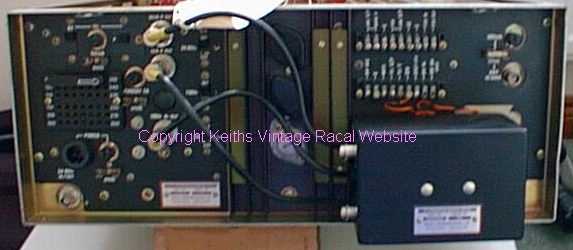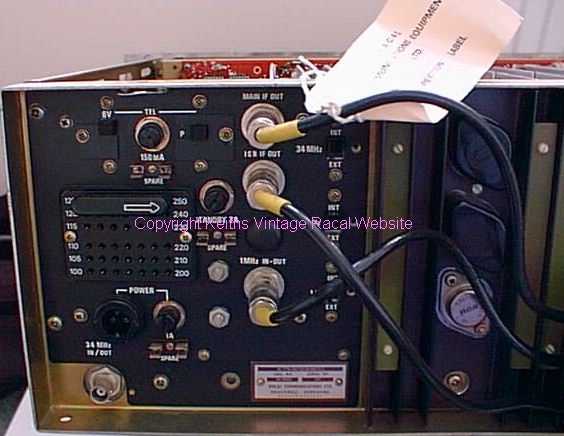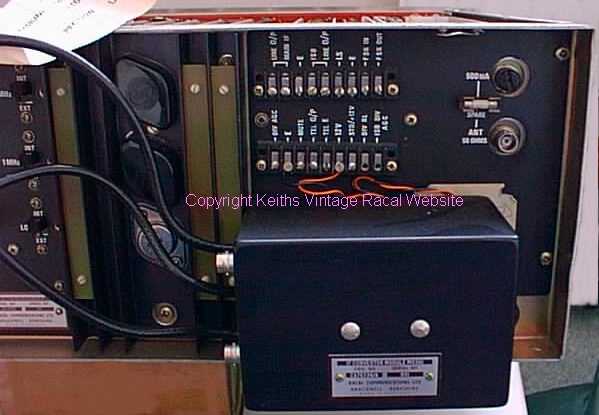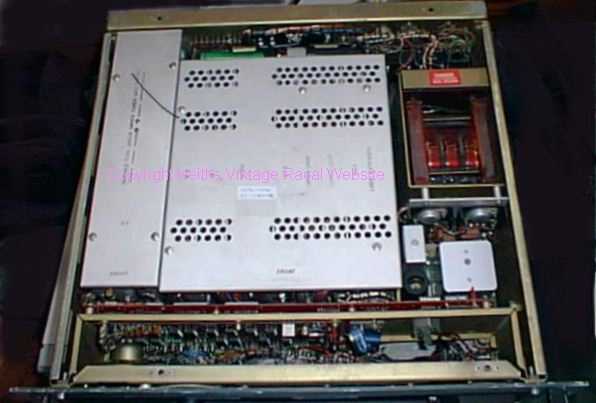
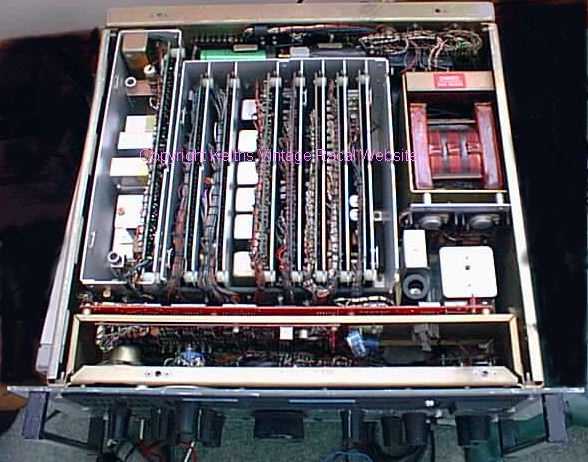

Still Under Construction.
Introduction.
At first glance this set looks very much like an RA1772 but on closer inspection there is a subtle difference.
The RA1778 has a 12 channel memory facility and the switch that selects the Mhz range on the RA1772 is now the the memory channel selector on the RA1778. The "VFO" on this set now tunes continuously from "00" to "30000" in 10 hz steps. An extra position is provided on the "Tuning" rate switch so we now have "Fast" , "Medium" and "Slow". When the switch is set to slow, tuning is around 1 Khz per rotation , this speeds up to 20 Khz on medium and fast gives 1 Mhz per rotation. The right hand phone socket has been replaced with the memory function switch, which is used to load the memories.
Unlike the RA1772 described previously this RA1778 conforms to what I term a "Standard" set. By this I mean that is has fixed filters for USB/LSB and AM/CW/FSK filter bandwidths can be selected from a three position "Filter" switch and that these filters are of "conventional" bandwidths for the mode in use.
The option number on this set tells that it has 3.0 Khz filters for SSB and three symmetrical filters of 3.0 Khz , 1.2 Khz and 0.3 Khz although on inspection it can be seen that the 0.3 Khz filter has been replaced with a 0.2 Khz model.
In addition to ISB U, ISB L, LSB, USB this set has the conventional positions of CW, AM, Tune, FSK N, FSK R on the mode switch.
Inside, the set looks very much the same as the RA1772.The general layout is the same and as this set also has the AFC, ISB as well as the "9420" Frequency Standard options fitted the only difference between the two is that the RA1778 has the FSK option fitted. Interestingly , although the board layouts are the same, the RA1778 seems to have different drawing numbers printed on them when they are compared to those in the RA1772.
The main give away that this set is different is when you look at the extra board fitted behind the front panel. This is the "Memory Board". Nine 4036 4 Word x 8 Bit memory chips are used amongst others , to give the 12 channel memory and "data" is backed up by a 5V Ni Cad battery. Only frequency data is stored, mode settings etc are selected in the normal way by setting the front panel controls.
In Use
The 1778 is obviously very similar to the 1772 to operate, other than the continuous tuning and the memories. The 3.0 Khz filter is a bit restricted on AM but good results can be had by selecting either USB or LSB and listening to AM broadcasts in this fashion. This is something I often do with the 1772 and sometimes the 1792/6790, although the excellent Collins filters on the 1792 make this a rare occasion . I have a 13.0 Khz filter to try in the 1778, its rather wide for AM use but may be more pleasant to listen to with strong local stations and I will still have the option of the 3.0K SSB filters.The performance of the 1778 below about 100 Khz is not as good as that of the 1772, there is a lot of internally generated noise, on this set anyway. On the HF bands the 1778 performs very well and the audio quality sounds crisp and clear on SSB.
The BFO however is the Achilles Heel of both the 1772 and the 1778. Sadly it is not up the stability of the rest of the set. The Tempest shielded US version of the 1772, the RA6772E has a synthesized BFO with a digital readout which is interesting, It would have been nice if this had been implemented on the RA1772/1778.
Some internal views of the RA1778.


To the left a general view with the internal covers fitted and to the right a view with the covers removed. The RF unit is to the extreme left and the filter board can be seen in the middle.On the right of the set, in front of the mains transformer, we can see the 9420 Frequency Standard and next to that , with what looks like a Valve fitted to it is the FSK Option.
General Pictures
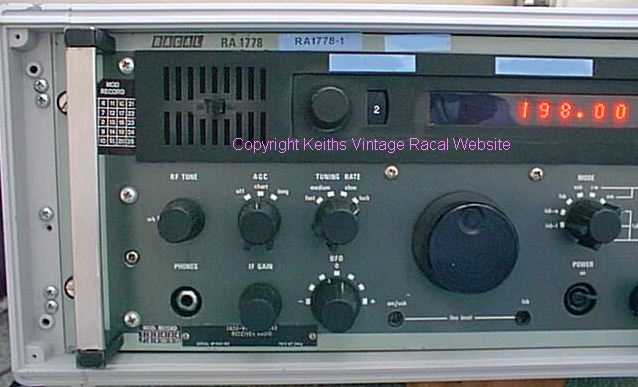

Below shows the rear panel which is much the same as the RA1772.However this set is fitted with the MS561 IF Convertor unit.
